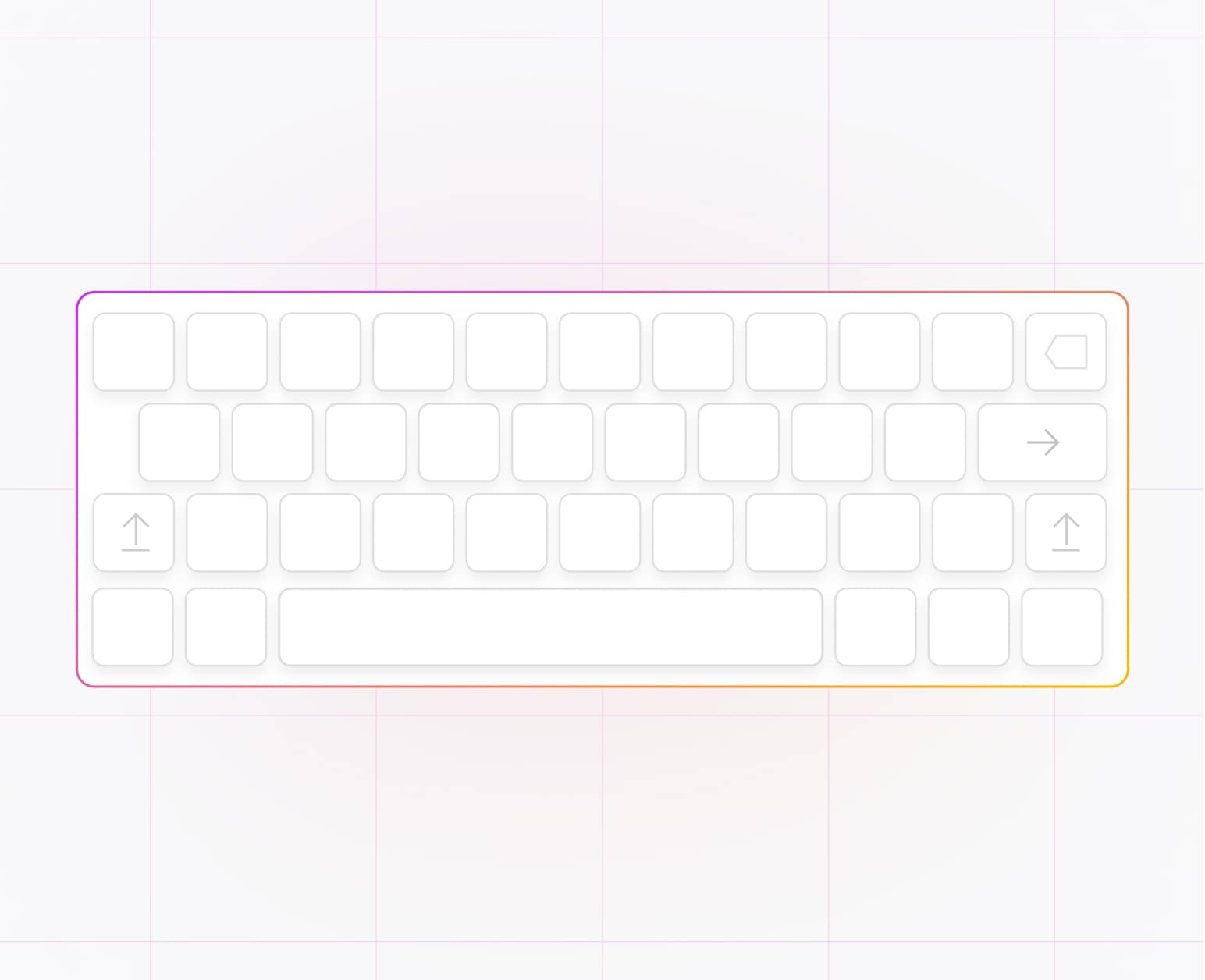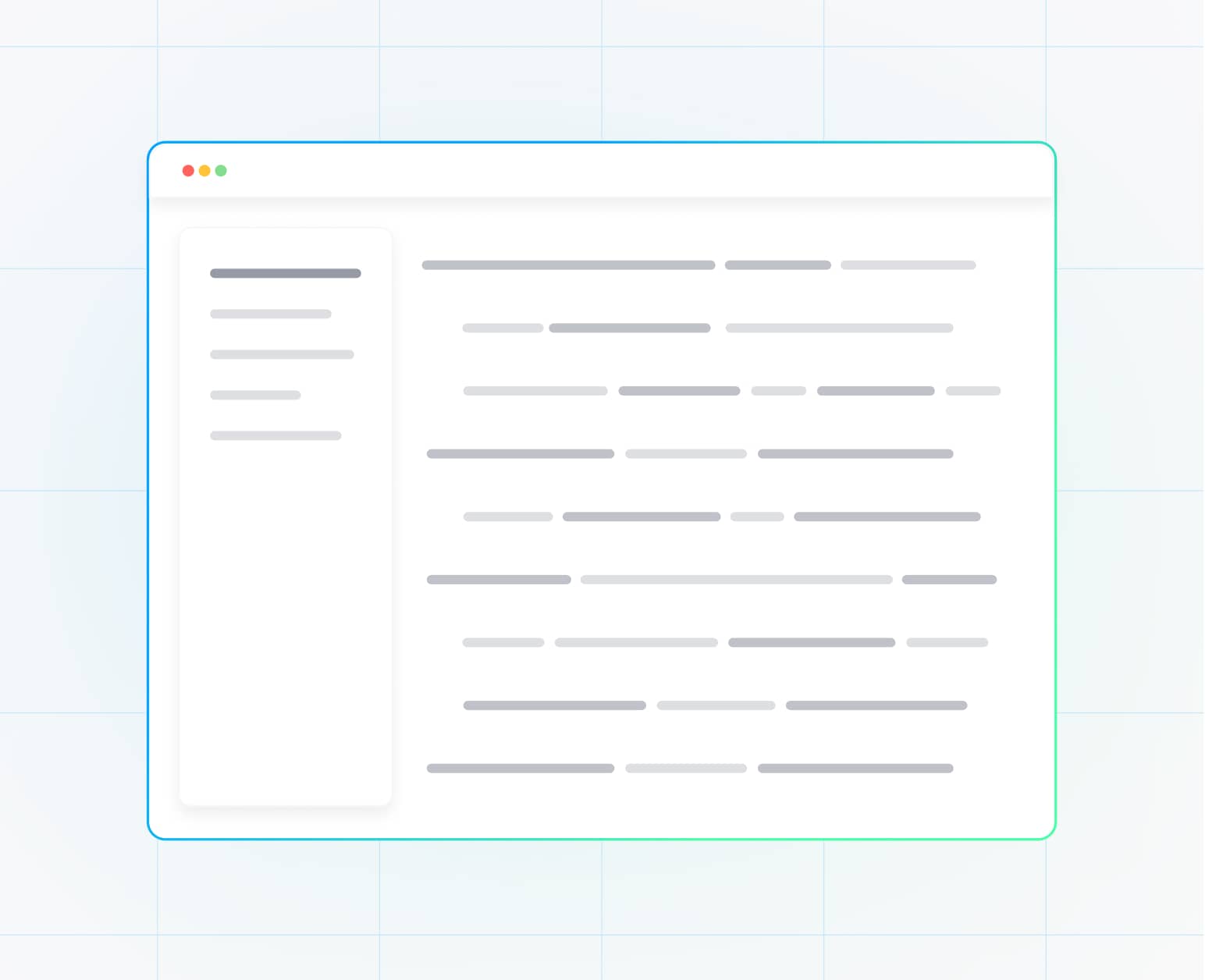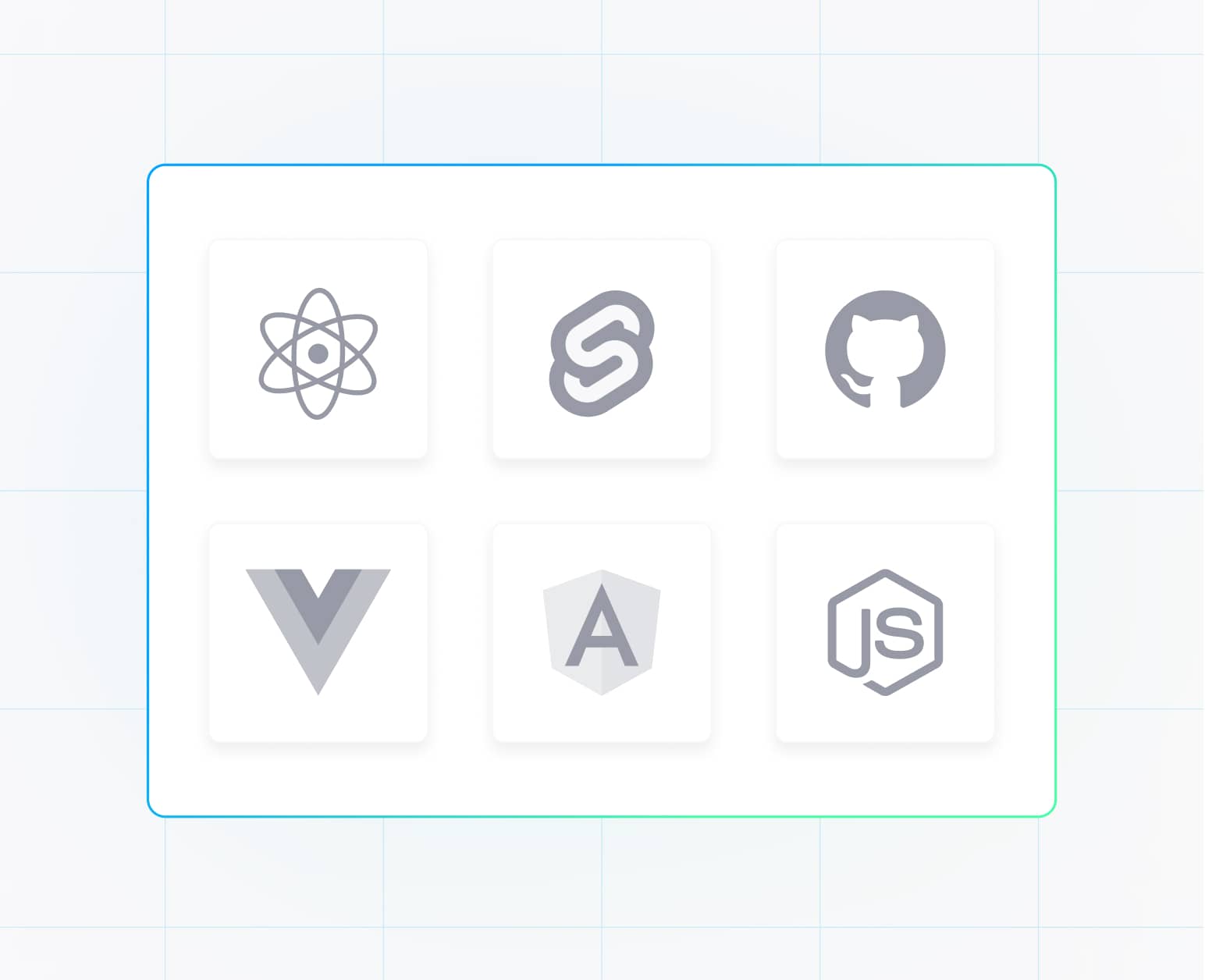
The Hidden Costs of Manual Processes: What AI Can Save You

The Hidden Costs of Manual Processes: What AI Can Save You
Every morning, Sarah arrives at her accounting firm at 7 AM—not to get ahead, but just to keep up. She spends the first two hours manually entering client invoices, cross-referencing receipts, and sending follow-up emails. By 9 AM, she hasn't done any actual accounting yet.
Sarah's firm is bleeding $180,000 annually in hidden costs they can't even see.
Your business is likely hemorrhaging money the same way.
The Shocking Reality: What Manual Processes Really Cost
1. The $70/Hour Data Entry Trap
Your skilled employees—the ones you pay to think, create, and solve problems—spend 40% of their time copying and pasting. That's not a typo.
Real numbers from a Swiss logistics company:
- 3 employees spending 3 hours daily on data entry
- Annual cost: $108,000 in salaries
- Errors from manual entry: 4% (industry average)
- Cost of fixing those errors: Additional $22,000/year
- Total hidden cost: $130,000
What AI does instead: Processes the same volume in 6 minutes daily, with 0.01% error rate.
2. The 48-Hour Response Death Spiral
While you sleep, your competitors' AI is closing deals.
A local real estate agency discovered:
- Average response time to inquiries: 14 hours
- Competitor with AI automation: 3 minutes
- Lost conversions due to slow response: 67%
- Annual revenue lost: $420,000
They didn't realize customers who don't get immediate responses simply move on—permanently.
3. The Invisible Overtime Epidemic
Your team stays late not because there's more work, but because the work takes longer than it should.
Manufacturing company case study:
- Manual report generation: 4 hours every Friday
- Quarterly inventory reconciliation: 3 full days
- Annual compliance documentation: 2 weeks
- Hidden overtime costs: $95,000/year
The owner thought this was "just how business works"—until he saw competitors producing the same reports in minutes.
The Compound Cost of Waiting
Year 1 of Delays: The "Manageable" Phase
- Direct costs: $150,000 in inefficiencies
- Opportunity cost: 2,400 hours that could drive growth
- Employee frustration: "Noticeable but acceptable"
Year 2: The Acceleration
- Competitors with AI are now 35% more efficient
- Your best employees leave for companies with better tools
- Customer expectations have shifted—you're now "the slow option"
- Total cost: $340,000
Year 3: The Crisis Point
- Market share eroded by 20%
- Reputation as "outdated" solidifies
- Cost to catch up has tripled
- Some competitors are now unreachable
What Modern AI Actually Replaces
The $50,000 Invoice Processing System
Manual Process:
- 2 hours daily scanning, entering, verifying invoices
- 5% error rate requiring rework
- 3-day average payment processing
AI-Automated Reality:
- Instant scanning and data extraction
- Automatic verification against POs
- Same-day processing capability
- Annual savings: $50,000+
The $75,000 Customer Service Representative
Manual Process:
- 8-hour coverage, 5 days a week
- Can handle one customer at a time
- Takes sick days and vacations
AI-Powered Alternative:
- 24/7/365 availability
- Handles unlimited simultaneous conversations
- Never forgets a customer interaction
- Cost: Fraction of one employee's salary
The $120,000 Business Intelligence Analyst
Manual Process:
- Weekly reports take 2 days to compile
- Monthly analysis requires a week
- Insights are always backward-looking
AI Analytics Engine:
- Real-time dashboard updates
- Predictive analytics included
- Anomaly detection automatic
- Delivers 50x more insights
Industries Being Transformed (While Others Watch)
Legal Firms:
- Contract review: From 4 hours to 15 minutes
- Discovery process: From weeks to hours
- Client intake: Fully automated 24/7
- Compliance checking: Continuous, not quarterly
Healthcare Practices:
- Appointment scheduling: Zero human intervention
- Insurance verification: Instant and accurate
- Patient follow-ups: Automated and personalized
- Records management: Self-organizing system
Retail & E-commerce:
- Inventory prediction: 94% accuracy vs 67% manual
- Price optimization: Updates every hour, not monthly
- Customer service: Instant resolution for 80% of issues
- Return processing: Automated approval and refunds
The Psychology of Delay: Why Businesses Wait (And Suffer)
"It's Not That Bad" Syndrome
You've adapted to the inefficiency. Your team works around it. But adaptation isn't optimization—it's expensive acceptance of waste.
"We're Too Unique" Delusion
Every business thinks they're too special for automation. Meanwhile, their "unique" processes are 90% identical to everyone else's.
"Next Quarter" Paralysis
The perfect time never comes. While you wait for the "right moment," competitors gain compound advantages that become insurmountable.
The Real Question: Can You Afford NOT to Automate?
Calculate Your Bleeding:
- Hours spent on repetitive tasks × hourly cost = Direct loss
- Errors from manual work × correction cost = Quality loss
- Delayed responses × lost customers = Revenue loss
- Employee turnover from boring work × replacement cost = Talent loss
Most SMBs discover they're losing $200,000-$500,000 annually.
What Happens After AI Implementation
Week 1-4: The Adjustment
- Processes that took hours happen in minutes
- Employees are skeptical but curious
- First cost savings become visible
Month 2-3: The Revelation
- Staff focuses on strategic work for the first time
- Customer satisfaction scores jump 30%
- Revenue per employee increases
Month 6: The New Normal
- Can't imagine going back to manual processes
- Competitors now seem antiquated
- Growth accelerates beyond projections
Year 1 Results from Real Implementations:
- 68% reduction in operational costs
- 340% increase in processing capacity
- 91% decrease in errors
- 50% improvement in employee satisfaction
The Integration Reality
This isn't about buying ChatGPT and hoping for the best. Real business AI requires:
- Custom training on your specific processes
- Deep integration with existing systems
- Continuous optimization for your unique needs
- Security and compliance built from the ground up
- Scalability that grows with your business
Generic AI tools are like generic medicine—they might help, but they won't cure your specific condition.
The Competitive Landscape is Shifting
Companies already using AI:
- Respond to customers in seconds
- Process orders 24/7/365
- Predict problems before they occur
- Scale without adding headcount
- Make decisions on real-time data
Companies still manual:
- Apologize for delays
- Lose customers to faster competitors
- Burn out their best employees
- Make decisions on last month's data
- Wonder why growth has stalled
Your Next 90 Days: Two Possible Paths
Path A: Status Quo
- Continue losing $15,000-40,000 monthly to inefficiency
- Watch competitors pull further ahead
- Keep promising yourself "next quarter"
- Hope your employees don't burn out
- Pray customers don't expect more
Path B: Transformation
- Identify your biggest cost bleeds
- Implement AI where it hurts most
- See ROI within 30 days
- Reinvest savings into growth
- Become the competitor others fear
The Investment Perspective
Traditional "Solution": Hire more people
- Cost: $50,000-75,000/year per person
- Speed: Still limited by human capacity
- Scalability: Linear and expensive
- ROI: Negative after all costs
AI Implementation:
- Investment: Often less than one employee's annual salary
- Speed: 100x-1000x faster processing
- Scalability: Exponential without added cost
- ROI: 300-400% in Year 1
The Bottom Line
Every day you wait, you're not just losing money—you're funding your competitors' growth. While you manually process invoices, they're strategizing. While you compile reports, they're acting on insights. While you respond to yesterday's emails, they're closing tomorrow's deals.
The hidden costs of manual processes aren't just financial—they're strategic. And in today's market, strategic disadvantages become permanent very quickly.
The question isn't whether you can afford AI implementation.
It's whether you can afford another day without it.
Curious what AI could save your specific business? Our team specializes in identifying and eliminating hidden costs through intelligent automation. We've helped over 50 SMBs transform their operations, typically finding $200,000+ in annual savings within the first assessment.
Let's uncover what you're losing to manual processes.

.png)




